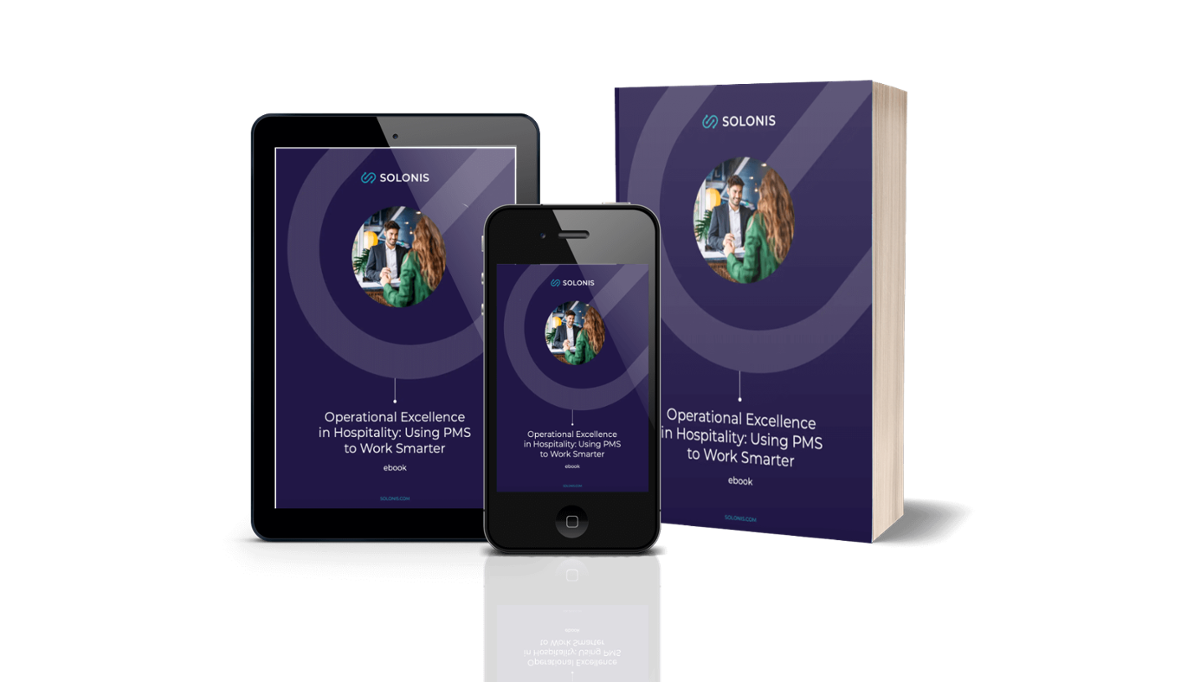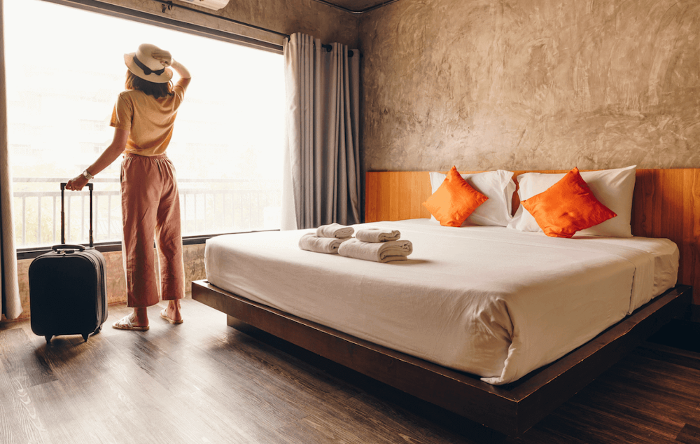June 8, 2022
Hoteliers everywhere know that the first place guests often look for information about your hotel is the Internet — specifically, your website. But despite the online traffic your site boasts, do you know how well it’s performing?
Site bounces and frustrated calls from guests about your site’s functionality can really hinder your hotel’s reputation both online and off. The good news is… many of the website updates you need have a high return on investment for relatively low levels of effort.
Here are seven hotel website design updates centered around improving the ever-important guest experience.
1. Make your hospitality website mobile-friendly and responsive.
In today’s modern age, more people are both researching their accommodations and booking their trips on their devices. But we all hate visiting a website on our phone only to have to pinch to zoom or fiddle with filling out a form that simply isn't mobile-friendly...
This is especially true if your website includes a branded direct booking engine, which poor interactivity can lead guests to leave without completing their booking. According to Google, 61% of users are unlikely to return to a mobile website if they had trouble accessing it, and 40% visit a competitor’s site instead. Don’t let site visitors wander astray by making your site more mobile-friendly.
2. Simplify your navigation.
When guests click on your site, would you say your navigation bar is easy to navigate? You’d be surprised by how quickly poor navigation can deter visitors, who don’t want to fuss to find the page they’re looking for. A good rule of thumb is to make it so a user doesn’t have to take more than three clicks to get to the content they’re seeking, so if you have important information hidden in pages that aren’t easily accessible in your navigation bar, we recommend optimizing it for better user experience.
While less is still more when it comes to your navigation bar, it’s important to find a balance between not overwhelming your website visitors and giving them all the links they need to make a purchasing decision. See if you’re making any of these navbar mistakes to make instant improvements today.
3. Add prominent calls-to-action and quick access links.
A call-to-action is a term used in marketing to describe a visual cue that entices an online visitor to take an action. Usually, it’s offering the user additional information if they click a link, typically displayed in the form of a button or graphic. These buttons/graphics are often referred to as CTAs (an abbreviation for call-to-action) and lead the visitor to a form to fill out before receiving the offer.
CTAs can be embedded on most web pages, and help to ensure your guests have an easy way to request more information before booking a stay at your hotel. Think of places on your current site where you could add seamless “Book Now” buttons or links to content offerings like brochures detailing your services, a guide to the local area, and more.
4. Make it easy to reach you.
It’s also important to consider upfront ways to reach a contact form, phone numbers, and links to social media profiles right on your website. Oftentimes, the header or footer is a great place to embed these details. Don’t make visitors hunt for ways to get in touch or follow your marketing efforts!
5. Share real traveler reviews and testimonials.
Travelers want to know your website is authentic, which is often why they’ll search for testimonials and social proof on popular third-party reviews websites. Beat them to the punch by regulating the exact user-generated content they’ll see right on your website. For example, you can showcase your favorite testimonials in a scrolling banner on relevant web pages, with the guests’ permission.
6. Showcase user-generated content (UGC).
Remember, website users like seeing imagery too, not just words. With permission, consider featuring an Instagram grid of happy travelers who mentioned or hashtagged your hotel. By showing your hotel through the eyes of a real traveler, you are showing soon-to-be guests the true experience they’re paying for.
7. Promote local attractions and interests.
When a guest books a stay at your hotel, they aren’t just saying “yes” to your lodging— they’re saying “yes” to the area. They are likely going to explore nearby attractions and other businesses, so the more you can be their all-in-one travel resource, the more trust you’ll build with them. Consider adding a “Local Events” page where you feature major celebrations in your area or a “Nearby Attractions/Things to Do” page to highlight popular places within 30 minutes of your hotel. While lists are great, remember to add imagery or interactive features to make the experience more attractive and user-friendly.
Bonus! These local call-outs are great for your search engine optimization (SEO), telling Google and other popular search engines you are active in the area. This increases your chances of being served in the search engine results for local-intent inquiries.
Increase Direct Bookings With a Better Booking Software
Ready to improve your current booking software setup? You can, with Solonis.
Download our free ebook, to learn how to use your PMS to work smarter! 


